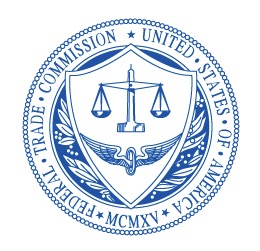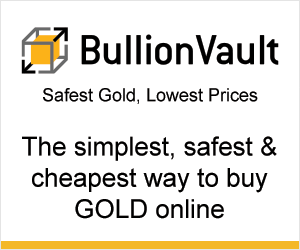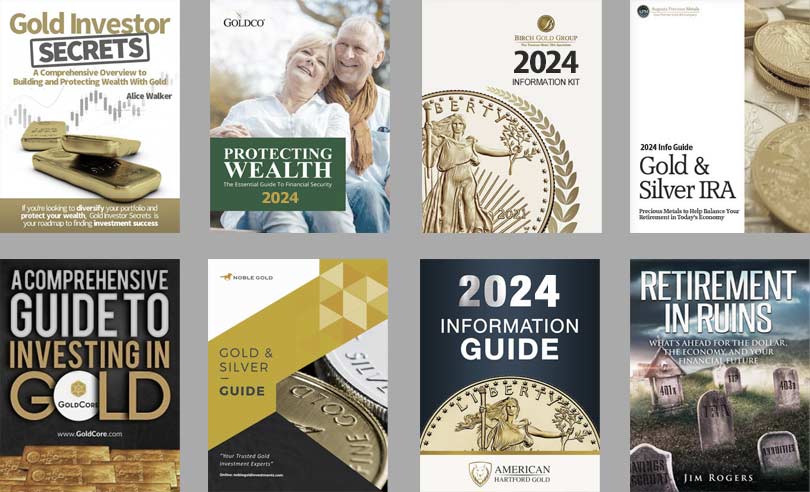Investing In Bullion and Bullion Coins
 If you’re thinking about investing in bullion or bullion coins, the Federal Trade Commission (FTC), the nation’s consumer protection agency, says your best bet is to research your options and get smart.
If you’re thinking about investing in bullion or bullion coins, the Federal Trade Commission (FTC), the nation’s consumer protection agency, says your best bet is to research your options and get smart.
Being uninformed can have serious consequences.
Bullion
Bullion is a bulk quantity of precious metal, usually gold or silver, assessed by weight, typically cast as ingots or bars, and sold by major banks and dealers. You also can buy bullion as coins.
Bullion coins
Bullion Coins are minted from precious metal, usually gold or silver, and bought for investment purposes from major banks, coin dealers, brokerage firms, and precious metal dealers. Their value is based on their gold or silver bullion content. Prices fluctuate daily, depending on the price of gold and silver in the world markets. Perhaps the best-known bullion coins are the American Gold Eagle, the Canadian Maple Leaf, the Australian Gold Nugget, and the South African Krugerrand.
The U.S. Mint has produced gold, silver and platinum bullion coins since 1986, and guarantees their precious metal content. The Mint produces two types of bullion coins:
Proof bullion coins which are specially minted for collectors and usually sold in a protective display case directly by the Mint.
Uncirculated bullion coins which are minted for investment purposes and sold to a select number of authorized buyers based on the current market price (the spot price) for the precious metal plus a small premium charged by the Mint.
Foreign governments also mint coins, but they may not be produced to the same standards as U.S. coins and they aren’t guaranteed by the U.S. government. The value of foreign bullion coins depends primarily upon the coin’s melt value – the basic intrinsic bullion value of a coin if it were melted and sold. A bullion coin’s condition – its “grade” – isn’t the most relevant factor in determining its price.
Investigate Before You Invest
Investing in bullion or bullion coins is a big decision. If you’re thinking about it:
#1 Ask for the coin’s melt value. The melt value for virtually all bullion coins and collectible coins is widely available.
#2 Consult with a reputable financial advisor you trust who has specialized investment knowledge. You may want to talk to other investors, too.
#3 Shop around. Most banks offer gold bullion, often at a lower markup than dealers. You also can enter the name of the coin into an online search engine to compare prices from other dealers.
#4 Get an independent appraisal of the specific asset you’re considering. The seller’s appraisal might be inflated.
#5 Consider additional costs associated with the investment. You may need to buy insurance or a safe deposit box, or you may need to rent offsite storage to safeguard your bullion. These costs will cut into the investment potential of bullion.
#6 Be wary of buying bullion or bars that won’t be delivered to you, but rather to a “secured facility,” by the seller or a third party. When you buy metals without taking delivery, you face the risk that the metal doesn’t exist, isn’t of the quality described, or isn’t properly insured.
#7 Walk away from sales pitches that minimize risk and sales representatives who claim that written risk disclosures are just formalities required by the government, and therefore not necessary. Reputable sales reps are upfront about the risk of particular investments.
#8 Refuse to “act now,” regardless of the consequences. Any sales pitch that urges you to buy immediately is a signal to walk away and keep your money in your pocket.
#9 Check out the company by entering its name in a search engine online. Read whether other people have something to say about their experiences with the company. Try to communicate offline if possible to clarify any details. In addition, contact your state Attorney General (www.naag.org) and local consumer protection agency (www.consumeraction.gov).
Checking with these organizations in the communities where promoters are located is a good idea, but realize that it isn’t fool-proof: it just may be too soon for someone to realize they’ve been defrauded or to have lodged a complaint with the authorities.
#10 Ask for a guarantee or certificate of authenticity for the bullion’s precious metal content. Research the company behind the guarantee or certificate because certificates of ‘authenticity’ can be faked.
Tip-offs to Rip-offs
Bullion scams often involve false claims about content, rarity or value:
False Claims
– Unscrupulous sellers often overprice their coins, lie about the bullion content, or try to pass off ordinary bullion coins as rare collectible coins. Some fraudulent dealers may even try to sell coins that aren’t bullion coins at all. Others may try to sell bullion pieces with the same design as coins from the U.S. Mint, but in different sizes. Indeed, private mints issue coins that look like bullion coins minted by foreign governments, but may have little or no gold content. Your best defense is to study the market and choose your dealer carefully.
Leveraged Investment Scams
– Leveraged investments are high-risk investments that can result in the loss of even more money than you originally invested. Typically, in a leveraged investment scam, a telemarketer or website will state that the price of metal is about to skyrocket and that you can make significant profits by making a small down payment for the metal, often as low as 20 percent.
According to the marketer, by paying only 20 percent of the purchase price, you can get more metal than if you had to pay 100 percent of the purchase price. In reality, you have borrowed money – as much as 80 percent of the purchase price of the metal –
from a financial institution that claims it will hold the metal for you, and charge you monthly storage fees and interest charges. Rather than sending you a bill for those fees, the institution will reduce your equity in the investment.
Once your equity falls below a certain level (for example, 15 percent of the purchase price), the financial institution will issue an “equity call,” requiring you to pay additional money to bring your equity above the equity call level. If you can’t pay or refuse to pay additional money, the lender will sell the metal to pay off your loan and send you a bill if the sale of the metal does not cover the amount you owe.
These investments are high-risk because you will receive an equity call if the price of the metal goes down, stays flat, or simply doesn’t go up enough to offset the mounting storage and interest charges.
Full PDF Available To Download Here
Facts About Buying Gold
Regardless of the form of gold you may invest in, consider these universal truths:
- The price of gold fluctuates over time. There is no guarantee that gold will increase – or even maintain – its value.
- The prices coin dealers, banks, brokerage firms, and precious metals dealers charge for gold products, like bullion and coins, are almost always higher than the value of the gold the products contain. So it’s wise to compare prices before making a purchase.
- Some sellers say that the government may confiscate gold. Others say that “reportable” transactions lead to confiscation. Yet other sellers claim that modern bullion coins produced by the U.S. Mint are subject to confiscation while historic or collectible coins aren’t. These claims sometimes lead people to buy historic coins at prices that exceed their value. No current federal law or Treasury Department regulation supports any of these claims.
A Word About Endorsements
Promoters often use celebrities and high-profile personalities to tout their products. When someone says, “Invest in or buy gold with company ABC,” think about what they’re getting out of the deal. The fact is, many endorsers are paid by the company behind the product.
Investing in Collectible Coins
If you’re thinking about buying collectible coins as an investment, the Federal Trade Commission (FTC), has three words for you: research, research, research.
In fact, the agency says, there isn’t a potential investor around who can afford not to spend time researching the coins, the graders who assess them, and the dealers who sell them.
Collectible coins have some historic or aesthetic value to collectors. The value of many collectible coins exceeds their melt value because their precious metal content is so small.
Coin collectors refer to this collectible value as numismatic value, and they say it is determined by factors like the type of coin, the year it was minted, the place it was minted, and its condition – or “grade.”
Dealers who sell collectible coins often have valuable coins graded by professional services. A grader examines the coin’s condition based on a set of criteria. Then the grader assigns it a numerical grade from one to 70, and places it in a plastic cover for protection. But factors like “overall appearance” and “eye appeal” are subjective, and the grade assigned to a particular coin can vary among dealers.
What’s more, fine distinctions between grades can mean big differences in the value or price of a coin. The difference of one grade in the same coin can mean the loss or gain of thousands of dollars in value. Subjectivity in grading means there is real inherent risk in coin investing.
Expect to hold your investment for at least 10 years before possibly realizing a profit. That’s because dealers usually sell collectible coins at a markup.
It’s how they make their money.
In addition, the market for numismatic coins may not be the same as the market for precious metals or bullion coins. It’s possible that the price of gold can increase while the value of a numismatic coin decreases.


 Aaron Buys Gold
Aaron Buys Gold Tavex Bullion UK
Tavex Bullion UK Endeavor Metals Group
Endeavor Metals Group



